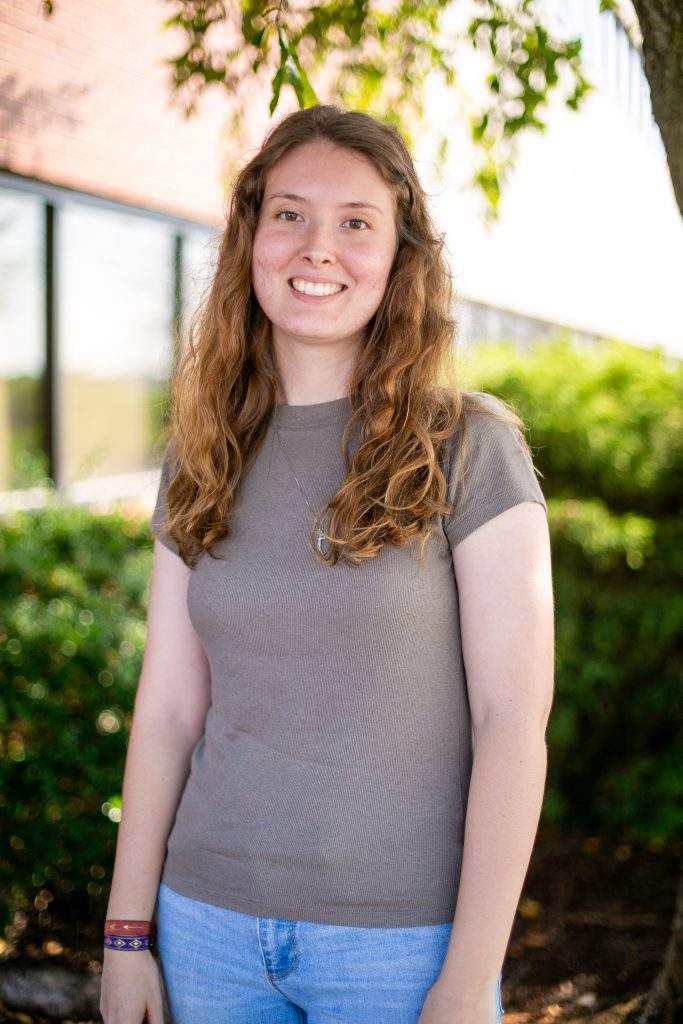ASL professor shares his story of how he became a teacher, encourages communication between all communities

Though communication can look different across cultures, making an effort to engage with one another can bring forth new understanding. Assistant Professor of American Sign Language (ASL), Michael Martin, lifts up the Deaf community as he serves through teaching.
“It’s not true that all Deaf people cannot drive or cannot work as professionals in various fields,” Martin said, dispelling a common myth. “In fact, there are Deaf doctors, Deaf lawyers, Deaf professors, Deaf police officers and many more successful Deaf professionals.”
As a child, Martin learned Pidgin Signed English (PSE) and Signing Exact English (SEE). According to nchearingloss.org, PSE is a combination of ASL and English, where some signs translate directly into English and the user may sign with “approximately the English syntax.” Meanwhile, also according to nchearingloss.org, SEE translates directly into English and even uses “signs that don’t exist in ASL,” which is a language entirely separate from English.
Though Martin learned ASL when he was a sophomore in high school, the passion for teaching it didn’t come until later in life. When Martin attended the National Technical Institute for the Deaf, he majored in something completely unrelated: religious studies. Since he minored in ASL, he was required to take an internship that had him teach the language at a community college in South Carolina. That’s when he realized he loved teaching and so he became an instructor there.
After teaching in South Carolina for a few years, Martin pursued a master’s degree at Gallaudet University. Once he graduated, as Martin searched for the place he’d call home as a professor; he prayed to find an ASL program that would fit his needs. Pastor John Wyble from Living Word Deaf Church in Forest, Virginia, recommended that he look into working at Liberty University. Fast forward eight years and Martin still works here.

“I discovered that Liberty University was an ideal place for me to work, as it allowed me to engage with students who were eager to share their faith in God and pray together in our classrooms,” Martin said.
The most rewarding part of the job for Martin is to watch his students grow in their signing skills and be able to participate in more advanced signing conversations.
“My students have always inspired me to teach, (especially) when they show motivation and excitement for learning and improving their signing skills,” Martin said. “Over the years, I’ve enjoyed witnessing their growth and development until their graduation.”
While being Deaf can present challenges for Martin to overcome in the classroom, it can provide strengths as well, such as making his students more aware of the Deaf community and their needs. It can increase his students’ skills in areas of communication, adaptability and cultural sensitivity. Martin seeks to make his classroom a welcoming and comfortable environment for all students.
“Communicating and understanding people from different groups helps make everyone feel included, so no one gets left out or treated unfairly because of where they come from, their culture or who they are,” Martin said. “This is important in a world where people meet others from all kinds of backgrounds.”
There are several ways that those with hearing can support and include the Deaf community. Martin stated that students with hearing can learn sign language, caption videos, be patient and respectful, learn about Deaf culture and advocate for accessibility for all.
“There is a lot of diversity within the Deaf community, where individuals have the opportunity to learn more about various cultures and identities,” Martin said. “When (others) engage with Deaf individuals, they can successfully understand and become a part of their culture.”
Bear is the feature editor for the Liberty Champion. Follow her on X

